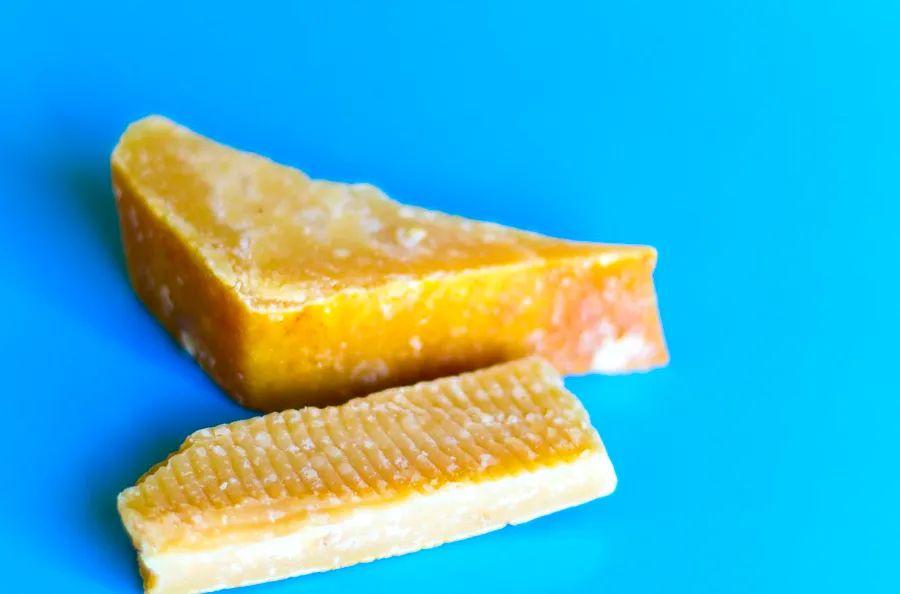How To Make the Most of Those Hard, Dried-Out Cheese Scraps in Your Fridge

Every cheese lover has been there. You open the fridge, craving a cheesy treat, only to find your cheese has turned into a sad, dried-up mess. Disappointing? Absolutely. But don’t give up just yet—there are still ways to save your snack.
Cheese is a bit like jerky—its preserved fat and protein make it more resilient than you'd think. Expiration dates can be misleading, as most cheeses don’t spoil in the usual sense. The key is the water content: the less moisture, the longer the cheese lasts. While fresh mozzarella and goat cheese may go bad, firmer cheeses like Brie, Gruyère, Taleggio, and Cheddar are more about whether they still taste good than whether they’re technically expired.
If your Brie starts to smell like ammonia or shows a little mold, don’t panic. A bit of dryness or mold growth is normal. As long as there’s no black or red mold and the cheese still smells fine, it’s good to go. Let it sit at room temperature for a few hours to dissipate the ammonia. You can also cut away the green, white, or blue mold, and even leftover rinds like Parmigiano Reggiano can be reused in soups or stocks.
For cheese that’s gone dry, try trimming away the tough outer layers to reveal a softer inside. If the whole block is dry, a quick pulse in the food processor can turn it into a cheese topping for rice, veggies, beans, or salads. Alternatively, get creative with a Fromage fort, a French cheese dip that transforms even the driest scraps into a delicious dish.

Fromage fort, meaning 'strong cheese,' is the perfect way to use up cheese scraps. You could always grab some leftover pieces from the 'try a bit' bins at your local market, but this recipe really shines when you’ve got bits of cheese in your fridge that aren’t quite snack-worthy but shouldn’t be wasted. Just keep an eye on the amount of blue cheese you add—too much will dominate the flavors of the other cheeses. If your scraps are all hard cheeses, toss in a tablespoon of butter to smooth things out. For extra creaminess, consider adding a spoonful or two of cream cheese, mayo, mascarpone, sour cream, crème fraîche, or Neufchatel if you have them on hand.
Fromage fort is incredibly versatile and makes for a delightful dip for bread and crackers. You can enjoy it right away or let it chill in the fridge for a few hours to let the flavors develop even more.
Want to take it up a notch? Add in olives, roasted tomatoes, artichoke hearts, caramelized onions, bacon bits—whatever inspires you. This recipe is not only forgiving but also incredibly practical. It’s so easy to make; just mix and serve. For something extra special, spread it on bread and broil for a crispy, toasty twist, or broil it in a cast-iron skillet and dip in your favorite crackers or bread. Perfect as an appetizer or a light meal for two, paired with a salad. Think of it as a breezy, summery version of fondue.
Fromage Fort Recipe
Ingredients:
- ½ pound chopped or grated leftover cheese scraps, ideally a blend of soft and hard cheeses.
- 1-2 garlic cloves, minced
- ¼ cup dry white wine, lager, cider, vegetable broth, or a mix of these.
- Black pepper
- Salt, to taste (optional)
- Lemon zest (optional)
- 1 to 2 tablespoons finely chopped fresh herbs, such as parsley, rosemary, marjoram, thyme, or chives (optional)
Instructions:
- Remove any hard rinds or mold from the cheese.
- Combine all ingredients in a food processor and blend until smooth. Taste and adjust seasoning as needed, then blend again.
- Serve immediately or refrigerate until ready to use. It will stay fresh in the fridge for 3-5 days or can be frozen for up to two months.

1

2

3

4

5
Evaluation :
5/5